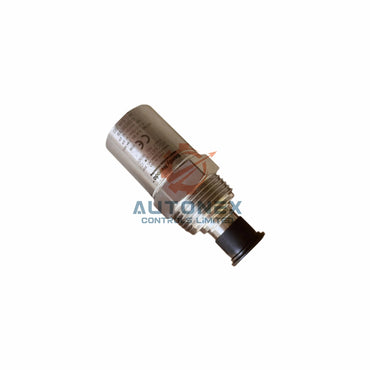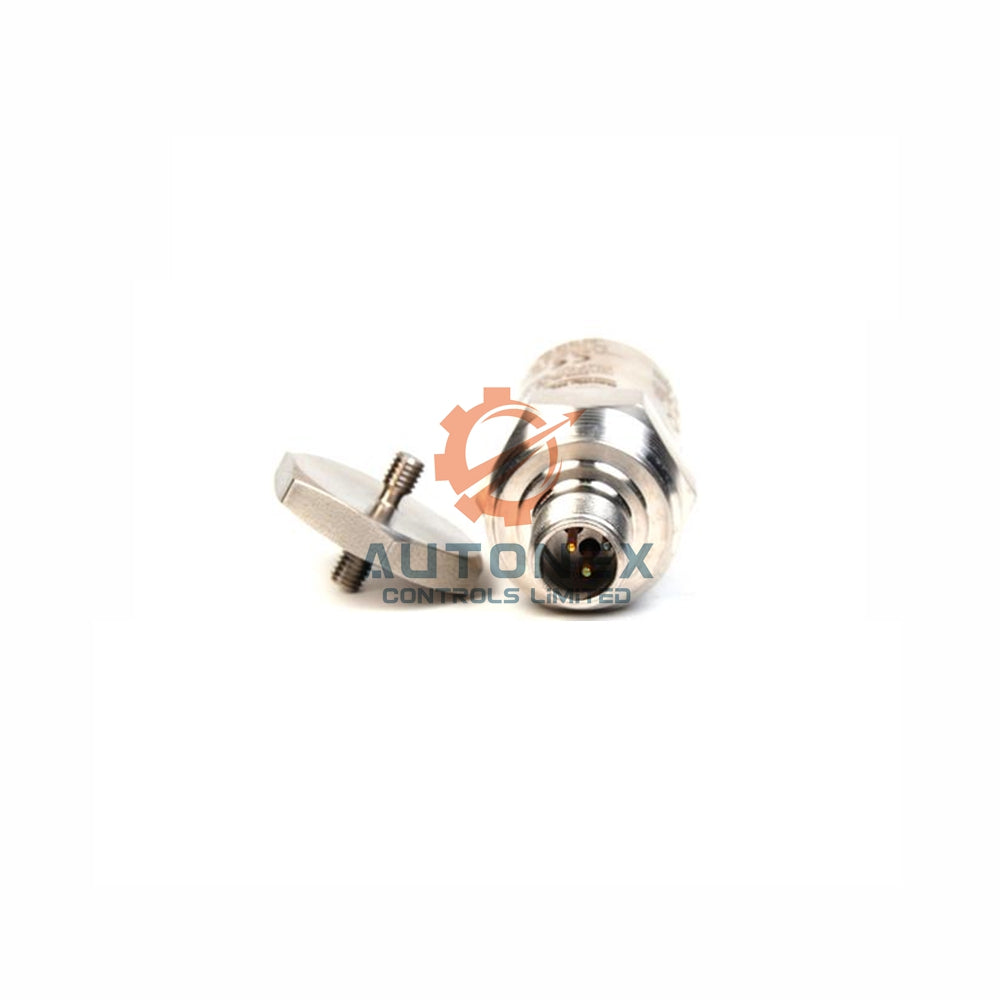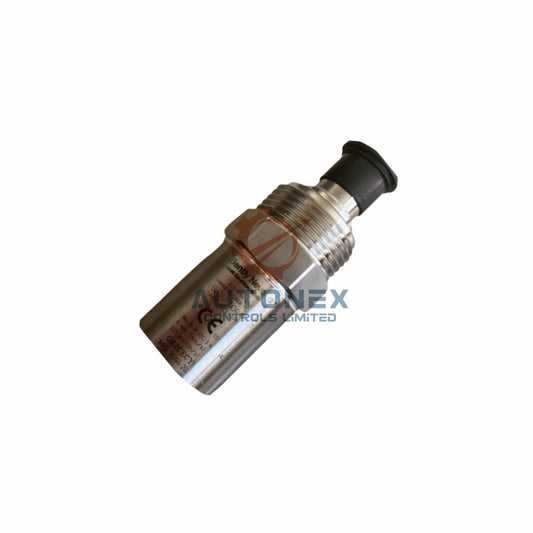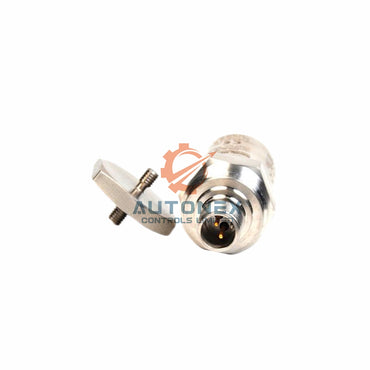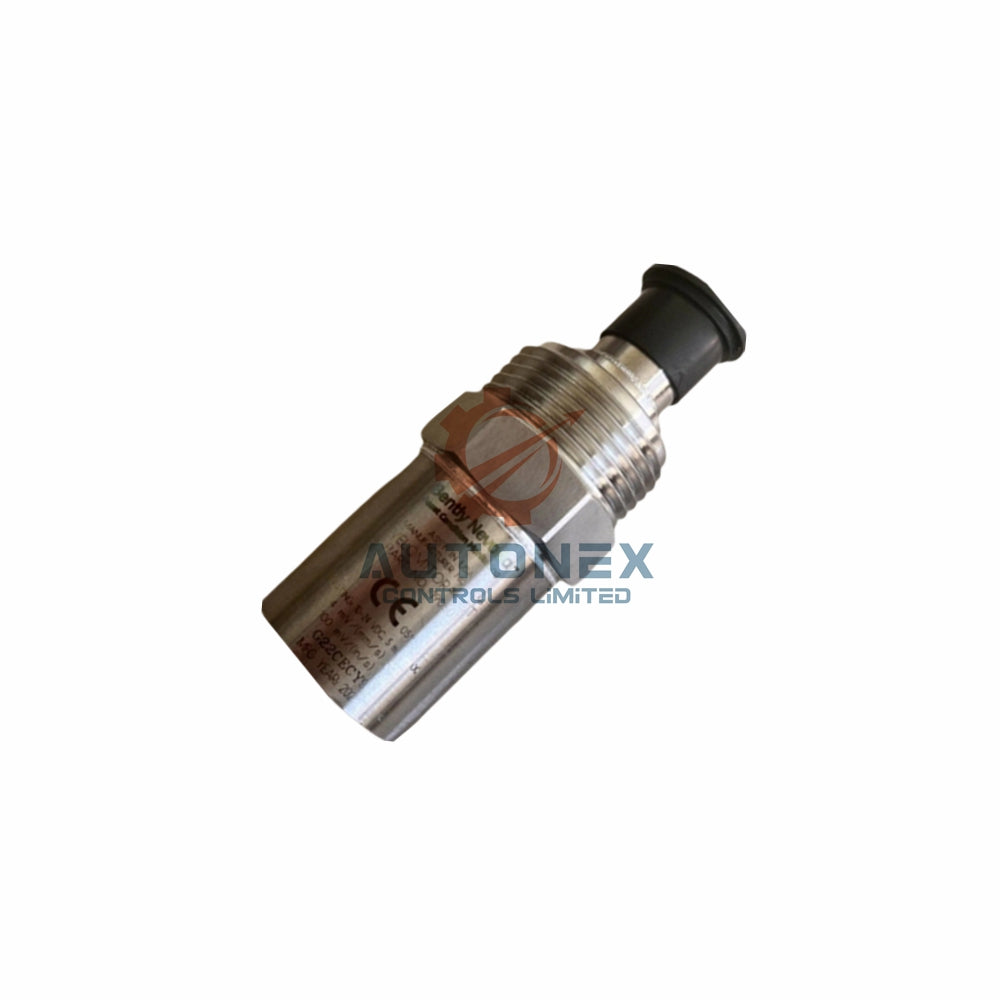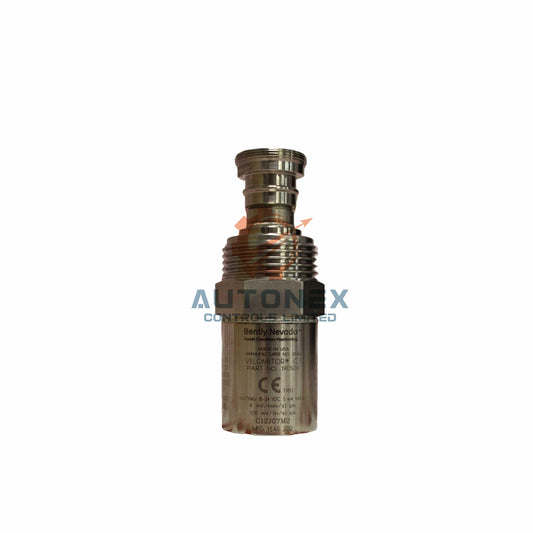How to Troubleshoot a Servo Drive Failure in Under 30 Minutes
Understanding Servo Drive Failure Patterns
Servo drives rarely fail without warning signs. They generate alarms during specific operations. These symptoms often mimic software or mechanical issues. Therefore, systematic diagnosis proves essential for rapid resolution.
The Root Cause Approach to Servo Diagnostics
Most drive failures originate externally. Statistics show over 50% stem from peripheral issues. Common culprits include poor grounding and feedback cable problems. Parameter errors after maintenance also cause frequent faults. Identifying the true source prevents repeated failures.
Step 1: Document Fault Codes and Operating Conditions
Never clear alarms immediately. Record the exact fault code and subcode. Note when the failure occurs during machine cycles. Document panel temperature and recent maintenance changes. This context dramatically narrows diagnostic focus.
Step 2: Verify Power Quality and Ground Integrity
Servo electronics demand clean, stable power. Check for voltage imbalances between phases. Inspect grounding connections for corrosion or looseness. Look for noise sources like nearby welders or VFDs. These issues create intermittent, confusing fault patterns.

Step 3: Inspect Feedback Cables and Motor Connections
Encoder signal integrity is crucial for servo operation. Examine cable shields for continuity breaks. Check connectors for moisture, bent pins, or contamination. Look for insulation damage at flex points. Even minor cable issues can shutdown entire systems.
Step 4: Conduct Unloaded Motor Testing
Disconnect the motor from mechanical load. Run the system without resistance. If faults disappear, focus on mechanical components. Binding actuators or tight gearboxes often cause overloads. This test separates mechanical from electrical problems.
Step 5: Verify Drive Parameters and Settings
Configuration errors frequently cause unnecessary shutdowns. Confirm motor model parameters match installed hardware. Check encoder resolution settings and tuning values. Validate braking resistor specifications. Restore known-good parameter backups when available.
Symptom-Based Diagnostic Guide
Random encoder faults typically indicate cable shield problems. Overvoltage during deceleration suggests braking resistor issues. Overcurrent at startup often means motor winding problems. Temperature faults usually point to cooling system failures.
Repair Versus Replacement Decision Framework
Choose repair when external factors caused the failure. Opt for replacement with catastrophic internal damage. Consider repair for common models with available parts. Select replacement for obsolete drives or urgent downtime situations.
Industry Perspective: Preventive Maintenance Strategies
Regular inspection prevents most servo drive failures. Check cable condition during scheduled maintenance. Verify parameter backups after system modifications. Monitor cabinet temperatures and cleaning schedules. Proactive care significantly reduces unplanned downtime.

Frequently Asked Questions
What is the most common cause of servo drive failure?
Feedback cable and connector issues cause most failures. Shield breaks and moisture contamination are particularly problematic.
Can power quality issues damage servo drives permanently?
Yes, sustained power problems can cause irreversible damage. Voltage spikes especially threaten drive components.
How often should servo systems receive preventive maintenance?
We recommend quarterly visual inspections and annual comprehensive testing. Increase frequency in harsh environments.
What tools are essential for servo drive troubleshooting?
Multimeters, insulation testers, and oscilloscopes are crucial. Thermal cameras also help identify overheating components.
Should we repair older servo drives or replace them?
Consider replacement if repair costs exceed 60% of new unit price. Also factor in downtime expenses and future availability.
Check below popular items for more information in Autonexcontrol






